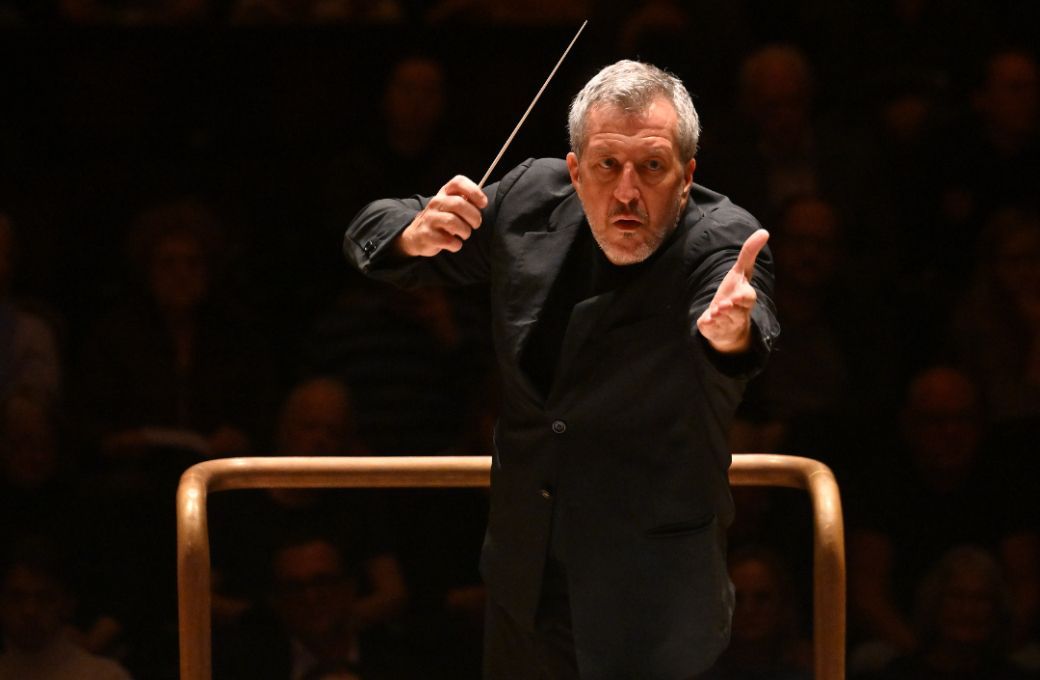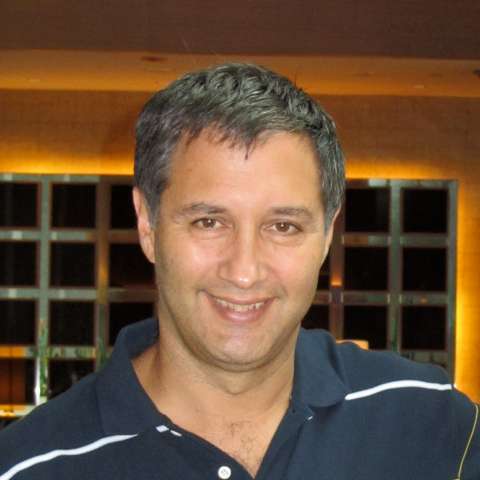Sibelius’ Fourth and Sixth Symphonies are rare beasts on the concert platform: we list very few performances of the Fourth and hardly any the Sixth, which made it brave for the London Symphony Orchestra to programme them together in last night’s Barbican concert. It fell squarely to conductor Thomas Adès to make the case for these works.

Adès makes a big impression on the concert platform. He’s tall and fit. His fast, crisp baton movements start from near the floor, with knees bent deep, and reach the top of an arm stretched high above his head, the conductor on tiptoe. This gives him an exceptional range of movement with which to point out his desired dynamics, even in Sibelius’ frequent sudden dynamic shifts. He can be balletic in his movements, albeit without histrionics: it’s the orchestra’s attention that Adès seems to crave, not the audience’s.
The resulting sound was sensational, with every section of LSO at the very top of their game. The opening of the Fourth showed Sibelian dark colours at their finest, with punch from cellos and basses underpinning a gradual build-up which reached massive tutti. You couldn’t put a hair’s breadth between strings, with perfectly co-ordinated ostinatos. Wind solos were deliciously judged, whether evocative horn calls or long-breathed woodwinds. The layered brass knocked you backwards. Violins and violas were immaculately clean. The Fourth may not have full Sibelian grandeur and it has some odd moments, not least an ending that seems to just stop rather than giving a rounded conclusion. But it’s a constant string of satisfying musical surprises, and the quality of playing last night turned it into a revelation.
When Einojuhani Rautavaara died in 2016, it transpired that he had nearly completed a pair of violin concertante works intended for Hilary Hahn, which would be published as the Deux Sérénades. They’re unashamedly romantic, filled with gorgeous long-breathed melodies, the orchestral and violin parts seeming neither to coincide nor to echo each other, but to grow organically out of each other. Last night’s soloist was my first chance to see 25-year old Swedish-Norwegian Johan Dalene, who is so baby-faced and lanky that it looks like your teenage son has just walked on-stage. But that shouldn’t fool you: this was violin playing at the highest level of expressivity, turning these relatively short pieces into a huge, escapist treat.
The evening’s misfire was Adès’ reworking of his 1994 tone poem The Origin of the Harp, based on a mythic Irish story of a nymph metamorphosing into a harp. I couldn’t enjoy this for an avoidable reason: the two percussionists, who have a prominent role, were separated by four metres or so from the rest of the orchestra and very close to my seat position. Every note they played sounded louder than – and in advance of – the other instruments, and I was unable to follow the thread of Adès’ dense orchestration or get any sense of progression or narrative.
With the arrival of Sibelius’ Sixth, that misfire was swiftly consigned to history. Here was a composer deploying all his skill in the blending of instruments, of ebb and flow, of delicious melodic lines. But instead of one’s clichés about great Nordic landscapes, this music moves between a surprisingly optimistic demeanour, with any storm clouds rapidly dispelled, to a sense of nostalgia that wouldn’t be out of place in a medieval costume drama. With particularly strong contributions from the cellos, including virtuosic pizzicatos and an extraordinary Flight-of-the-Bumblebee speed ostinato, this was properly thrilling orchestral playing from start to finish.
Adès was best known to me as a very fine opera composer. On the evidence of last night, he should also be taken very seriously as a concert conductor.


